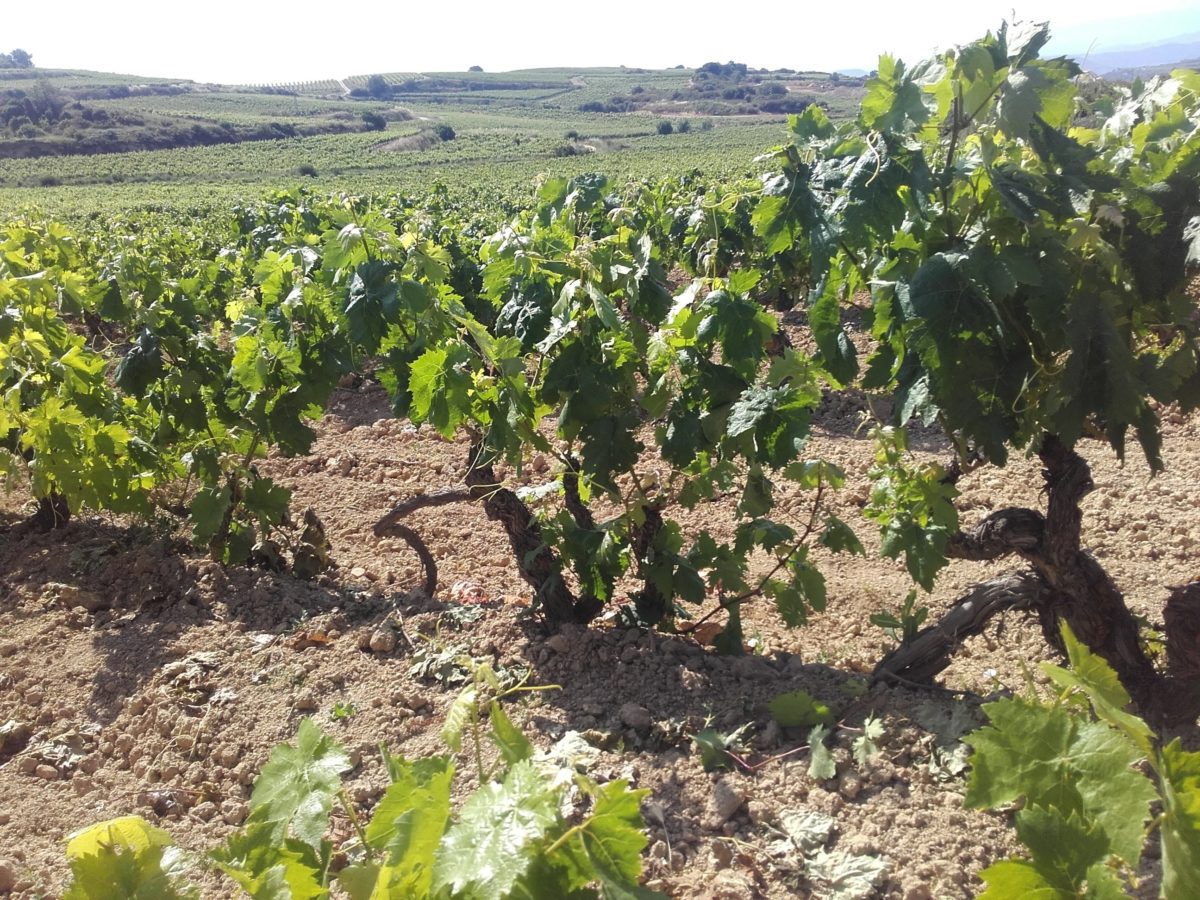Two items of viticulture news were posted on the Lincoln University today.
The first reported that three Lincoln University graduates are regional finalists in the 2022 Young Viticulturist of the Year Competition.
The second reported that Lincoln researchers are working on artificial intelligence techniques to help identify the quality of wine without touching a drop. This would help the wine industry to automate a time-consuming and costly process.
The graduates who are tasting success as regional finalists in the 2022 Young Viticulturist of the Year Competition are Laura Marston (Hawke’s Bay), Katie Cameron (Wairarapa) and Nina Downer (Otago),
Each has received media attention after being named their region’s top viticulturist.
Lincoln University is chuffed that all three honed their skills with its Bachelor of Viticulture and Oenology and will be heading to the competition finals in Marlborough on 30 August.
After graduating from Lincoln, Laura secured a role as a Viticulture Cadet at Craggy Range.
Ask by New Zealand Winegrower Magazine to name the most interesting developments in viticulture, she cited the implementation of organic principles into vineyards.
“We are future-proofing our vineyards by giving back to our land through techniques such as composting, eliminating herbicide and establishing cover cropping,” she said.
“It is also exciting to see ‘soft pruning’ being more widely adopted to maintain healthy sap flow and encourage vine longevity.
“I am interested in the move towards using a less frequent irrigation to encourage the vines’ roots to grow deeper and become more self-reliant.”
Wairarapa winner Katie travelled overseas after graduating from Lincoln and accepted a scholarship to study for a Master of Viticulture and Oenology in France, then Italy.
She now works as a Technical Assistant at Escarpment Winery.
According to Katie’s interview with New Zealand Winegrower, it was her first harvest at Escarpment in 2020 that cemented her love for this country’s wine industry, especially the Wairarapa region.
Excited by the industry’s exploration of improvements in sustainable grape growing, she has a particular interest in native cover crop species, vineyard mapping and technology.
She said she wanted to see New Zealand “continue to focus on producing high quality wines with distinctive regional character that rival the very best wine growing countries”.
Otago winner Nina has worked at Felton Road Wines for two years.
She told the Otago Daily Times she had always wanted to become a viticulturist, having grown up on a farm in Wairarapa, where she developed a passion for soil, plants and working outdoors.
During the practical component of the Bachelor of Viticulture and Oenology, Nina had the opportunity to work at Dry River Wines in Martinborough, which allowed her to develop her skills while staying close to home.
She said she enjoyed the diversity of the job and being part of a small team, and made the move to Otago during the “Covid harvest” of 2020 to take on her role at Felton Road Wines.
Now in its 17th year, the New Zealand Young Viticulturist of the Year Competition is based on six regional contests, culminating in a national final. It offers an opportunity for viticulturists aged 30 and under to upskill, grow their confidence and widen their networks
On the viticultural technology front, Lincoln University reports that its researchers are working on artificial intelligence techniques to help identify the quality of wine without touching a drop, helping the wine industry to automate a time-consuming and costly process.
The recent paper, A machine learning application in wine quality prediction, published in Machine Learning with Applications (an Elsevier journal), showed that by generating synthetic data, the researchers identified important attributes which increased the accuracy of a machine learning model.
This helps their progress towards developing a machine learning-based web application that wine researchers and wine growers can use to predict wine quality based on the important chemical and physio-chemical compounds, giving them the capability to “tune various variable quantities”.
The research utilised 18 Pinot noir wine samples with 54 different characteristics (seven physiochemical and 47 chemical features), and they generated 1381 data samples.
Co-author Professor Don Kulasiri, head of Lincoln’s Centre for Advanced Computational Solutions (C-fACS), said the generation of synthetic data played a crucial role in the study, as there was limited raw data.
“It is almost impossible to train and test machine learning models using such a small sample space.”
The findings were compared using four distinct feature selection approaches. Important attributes that were shown to be relevant in at least three were utilised to predict wine quality. Seven machine-learning algorithms were trained and tested, one showing 100% accuracy.
The paper stated wine quality was one of the most significant issues in the wine industry.
It also said Pinot noir cultivation was more complex than that of other grape types due to its particular soil needs and demand for a chilly environment.
Pinot noir has the earliest bud break and harvest dates, which means winemakers must be extra cautious since their vines are more susceptible to spring frosts.
With the complexity involved, the tool is currently being developed to include the viticulture variables as well, which would be a valuable asset for growers.
Source: Lincoln University












